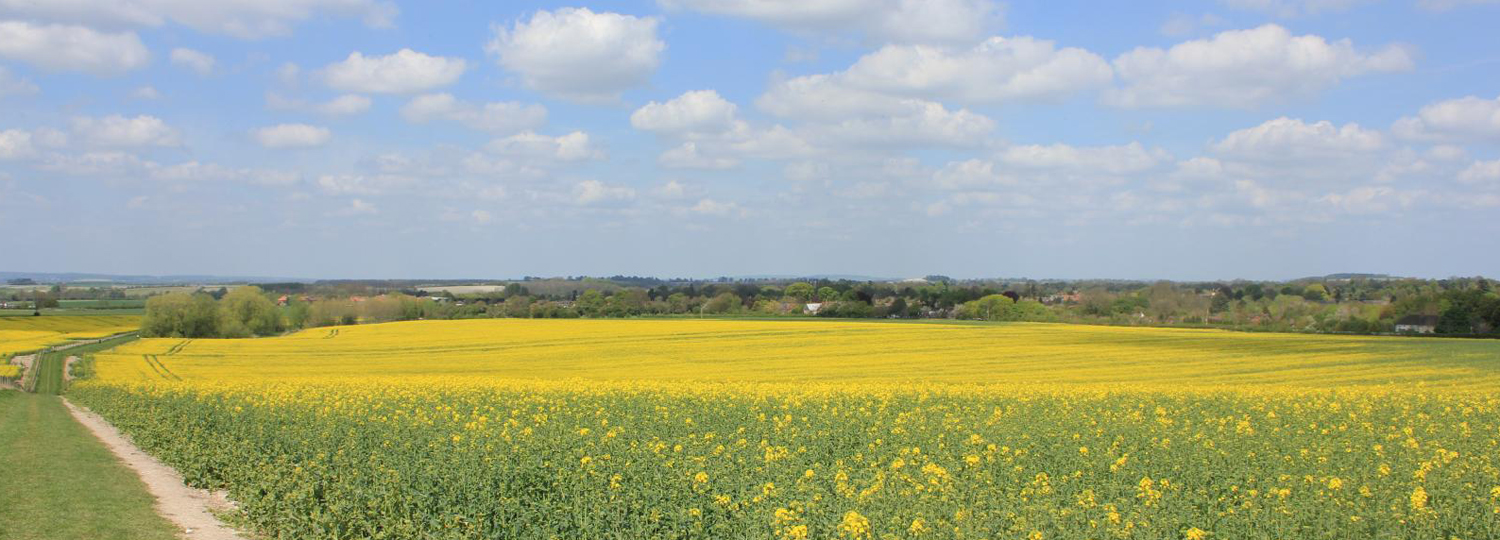Project background
Neonicotinoid seed dressings have been used extensively across Europe and elsewhere since the early 2000s to protect oilseed rape and other important crops against pests1. They have recently been implicated in the decline of wild bees and harm to domesticated honeybees, and this led to a moratorium for some uses in the EU while more data are generated.
However, evidence for NNI impacts on bees is inconclusive and so the ban remains controversial2. Laboratory studies suggest some toxicity to bees3, but these experiments are highly artificial and their relevance to the real world is unclear. Field trials provide a more realistic test of impacts on bees of NNI use by farmers, but some of these studies have proven inconclusive4, 5, and have been criticised for a range of reasons including contamination of the no-NNI control, low replication and small plot sizes6.
This research is co-funded by Bayer CropScience AG and Syngenta Crop Protection, but controls are in place to ensure the experimental design and the reporting of its research (whatever the outcome) are independent.
Project Aim
NERC's Centre for Ecology & Hydrology has designed and is implementing a large-scale field experiment to quantify the impact on honeybees of two commercial neonicotinoids seed treatments in commercially grown crops of oilseed rape (‘Clothianidin’ Bayer CropScience and ‘Thiamethoxam’ Syngenta).
1. Jeschke P., Nauen R., Schindler M. & Elbert A. (2010). Overview of the status and global strategy for neonicotinoids. Journal of Agricultural and Food Chemistry, 59, 2897-2908.
2. Cressey D. (2013). Europe debates risk to bees. Nature, 496, 408.
3. Whitehorn P.R., O'Connor S., Wackers F.L. & Goulson D. (2012). Neonicotinoid pesticide reduces bumble bee colony growth and queen production. Science, 336, 351-352.
4. FERA (2013). Effects of neonicotinoid seed treatments on bumble bee colonies under field conditions. The Food and Environment Research Agency, Sand Hutton, York YO41 1LZ.
5. Pilling E., Campbell P., Coulson M., Ruddle N. & Tornier I. (2013). A four-year field program investigating long-term effects of repeated exposure of honey bee colonies to flowering crops treated with thiamethoxam. PLoS ONE, 8
6. Environmental Audit Committee Oral evidence session: National Pollinator Strategy, Wednesday 18 June 2014. Second Report of Session.

